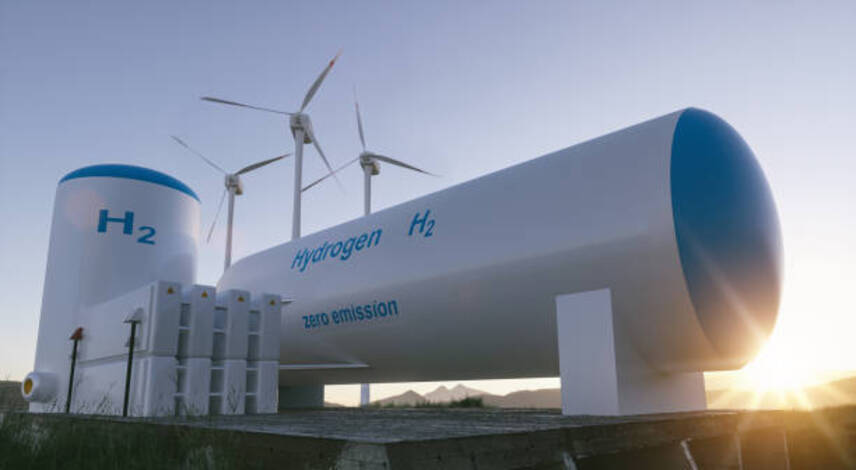Egypt signed eight framework agreements on Tuesday to develop green hydrogen and ammonia projects, stating its goal of becoming a hydrogen production hub and capturing 5% of the global market by 2040.
Green or clean hydrogen is created by splitting water from oxygen using electrolyzers powered by renewable energy. It is viewed as a potential future power source with the potential to reduce emissions, though it is currently limited to experimental projects.
According to industry sources, analysts, and academics, there is a long list of challenges facing its growth, including high costs and energy inputs, safety concerns, and the need to invest heavily in infrastructure to transport and store the fuel.
Today production is from natural gas
Currently, H2 is primarily produced from natural gas and used in fertilizers and refineries, and most methods emit significant amounts of carbon dioxide.
The agreements signed at the COP27 climate summit on Tuesday include AMEA Power, Alfanar, TotalEnergies, Globeleq, EDF, Fortescue Future Industries (FFI), ReNew, and Scatec, and are centered on the Red Sea port of Ain Sokhna and the Suez Canal Economic Zone.
New low-carbon H2 strategy
At the Sharm el-Sheikh talks, Egypt announced an outline of a low-carbon hydrogen strategy, with backing from Egypt’s Sovereign Fund and the European Bank for Reconstruction and Development (EBRD).
According to Electricity Minister Mohamed Shaker, the strategy envisions Egypt as a global leader in the low-carbon hydrogen economy, leveraging its renewable resources, large gas reserves, and strategic location.
According to the outline strategy, the main sources of future hydrogen demand from Egypt include fertilizer products, ammonia, and methanol for use as marine fuels or energy exports, jet fuel, and road or rail transport.
It identified freshwater scarcity as a barrier to developing an H2 economy, as well as the distance between the best sites for green hydrogen production and the need to export it through seaports.
New hydrogen plants to be build
The framework agreements build on a number of memorandums of understanding signed by Egypt in recent months, including one for an $8 billion green H2 plant in the Suez Canal Economic Zone and another for a $3.5 billion green ammonia project by Saudi Arabia’s Alfanar.
Noam Boussidan, an energy transition expert at the World Economic Forum, said at a separate event at the COP27 talks that the cost of hydrogen needed to come down and that it needed to be used in the right sectors.
A common misconception he encounters is the belief that hydrogen will save us all, or that hydrogen will save the world.

